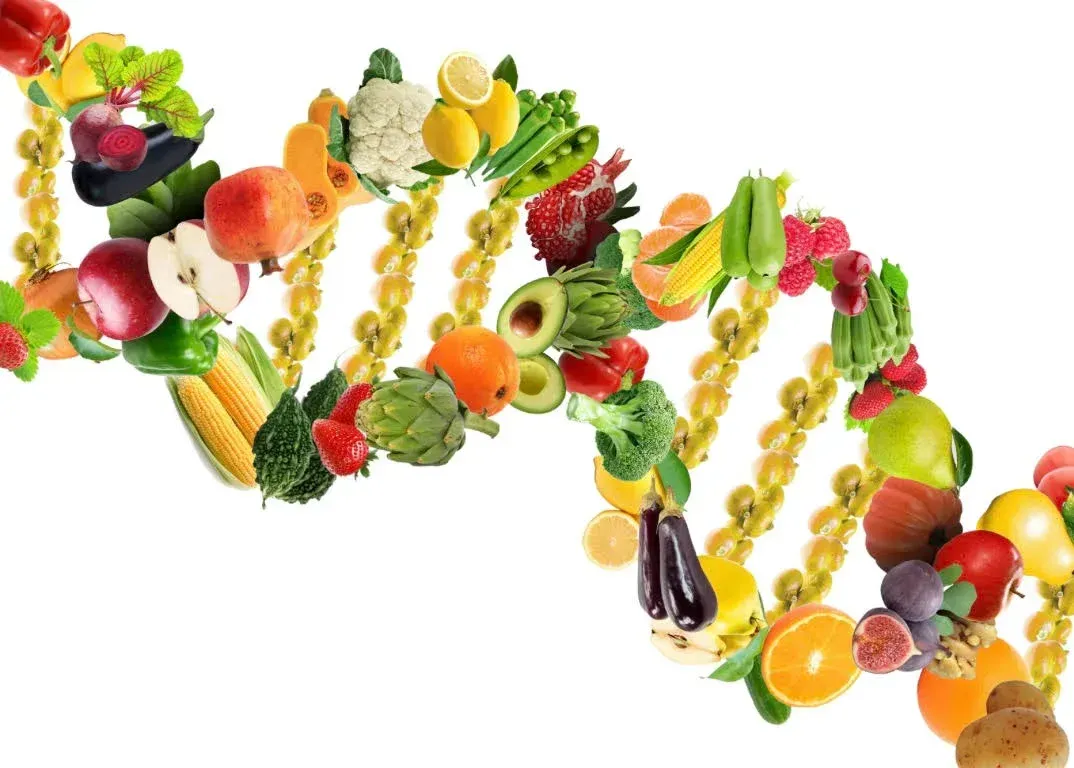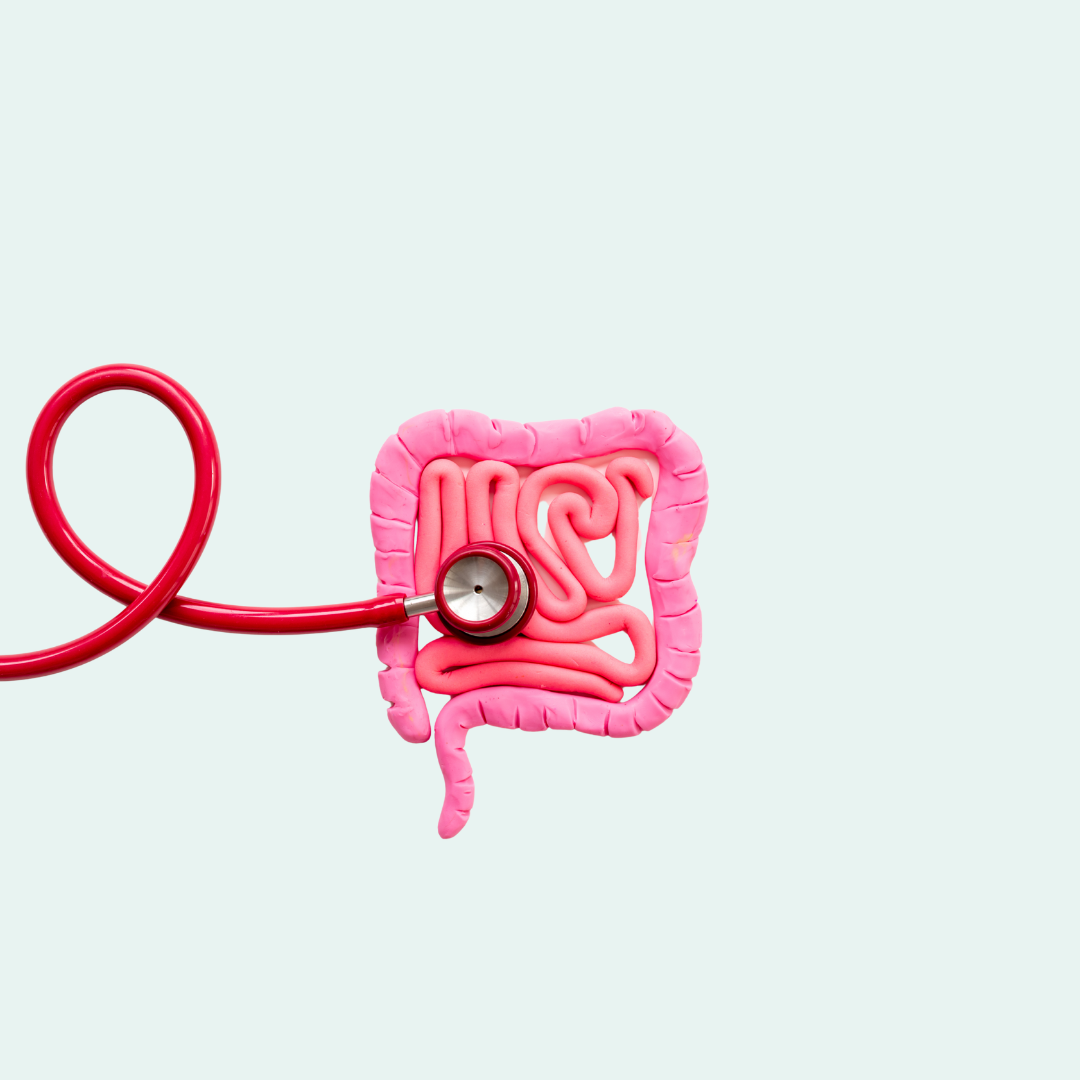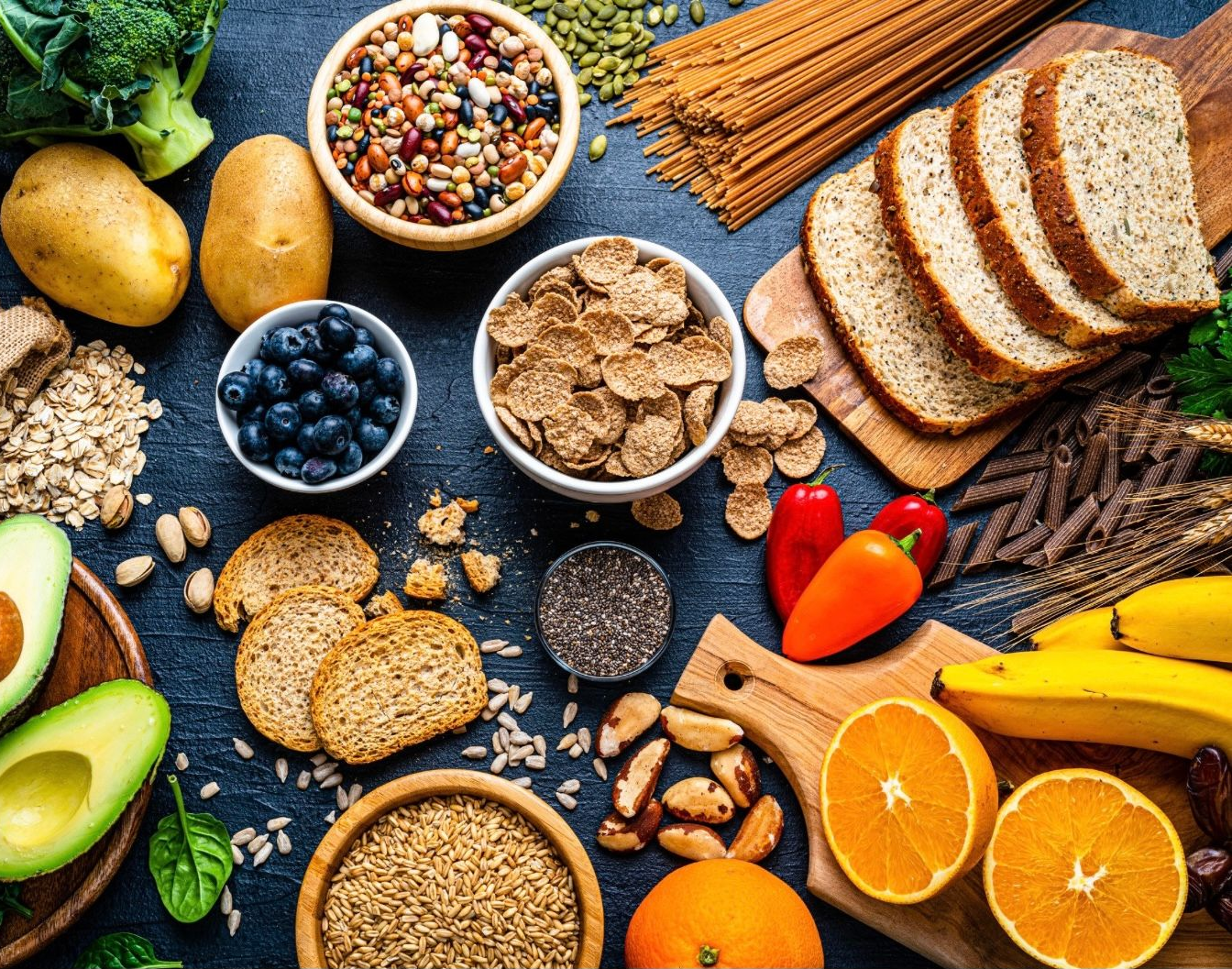Discover nutrigenomics, how your genetic makeup influences hormonal imbalances, and learn actionable steps to manage your health through lifestyle choices and targeted support.

It’s easy—and even logical—to point to hormonal imbalances like PMS, PMDD, endometriosis, PCOS, or hypothyroidism and assume that because our grandmother, mother, sister, and aunt dealt with these issues, we are likely to experience them too. However, the rapidly expanding field of nutrigenomics may have some additional answers if we take time to understand what our genetics actually mean, and what lifestyle aspects we can control to mitigate those genetic tendencies.
Nutrigenomics is the study of how our genes interact with the nutrients we consume. It examines how genetic variations influence our body's response to different foods and nutrients, and how these interactions can impact our overall health and risk of diseases. By understanding these genetic-nutrient relationships, nutrigenomics helps tailor personalized nutrition strategies for better health outcomes.

Genetics & Hormonal Health: More Than Just Inherited Risks
Genetics are important, but they don’t determine your health destiny. Except for a few devastating diseases, lifestyle usually wins over genetics. In fact, twin studies have demonstrated that genetics account for less than 50% (some reports as little as 5-15%) of our overall health picture. This means it is not the predominant factor in determining many health outcomes. The rest is determined essentially by lifestyle. Lifestyle includes nutrition, access to healthful food/air/water, physical activity, stress management and sleep routines, and access to (especially preventative) healthcare services.
What genetics do tell us about is our tendencies or predispositions. For example, there are dozens of genes which govern various nutritional and metabolic processes in the body. Now whether the gene is turned on or off, or how active it is, is only partially dictated by the original blueprint of our DNA. The rest depends on us. For example, Vitamin D (VDR gene), B12 (MTRR), A (BCO1), and choline (PEMT) can all be processed at different rates based on our genetic blueprint, which again also depend on environmental factors slowing down or speeding up the activity of those genes. Extreme dieting or exercise, specific nutrient intake, caffeine or alcohol use, sleep and work habits can affect the instructions a gene gives the body about what to do next in terms of metabolism.
Understanding Genetic Variations: MTHFR
A more well-known gene called MTHFR, strongly governs folate metabolism, and is involved in various pathways related to energy production, mood, fertility, and detoxification. Symptoms of sluggish MTHFR are numerous, including ADHD, depression, anxiety, infertility, skin issues, chronic illness, and fatigue. Having a variation of this gene doesn’t mean we will deal with any or all of these issues, but it can tell us where the body might need extra support. And again, what we eat and drink, as well as how we manage stress can change the activity and outcome of the original genetic instructions with which we were born.
There are 2 gene locations and 2 copies of the MTHFR gene in our human blueprint, so we have 4 chances to have faster or slower MTFHR function. One copy of a particular variation or “SNP” slows function about 25-30%. Two or more variations might equate to as much as 50-75% reduced function. Sound scary? I know it can at first, but the good news is that knowledge is power, right? With the right tools and plan, we can mitigate much of the effects of our not-so-perfect genes.
One of my favorite client success stories of all time was a couple who had spent thousands of dollars on (unsuccessful) fertility treatment. Once we identified their genetic predispositions and worked through gut and hormone imbalances, they got pregnant spontaneously and had an uncomplicated pregnancy and birth. This was such an amazing and joyful example of learning the body and working with it, instead of trying to force things or just give up.
Understanding Genetic Variations: COMT
Another popular genetic variation that directly impacts hormonal balance is COMT. I personally love COMT because understanding it has literally changed my life as well as the lives of many clients. Several close female relatives battled heavy periods, passing large clots, uterine fibroids, and fibrocystic breasts. They had hysterectomies before age 50 due to the severity of these debilitating symptoms. I wish I wouldn’t known then what I know now… at least I know I am not headed down that same path and neither are my daughters.
COMT governs estrogen and in part dopamine metabolism. When COMT is slow, estrogen tends to build up more easily in the liver and colon, resulting in an imbalance between estrogen and progesterone or estrogen dominance. COMT depends on methylation which involves MTHFR, so we can’t treat these genes independently, but have to look at how they affect our bodies as a whole. I see this genetic combo in a lot of clients dealing with hormonal acne, stubborn weight, and heavy periods.
In fact, there has been a lot of recent press about MTHFR and nutrigenomics on podcasts and social media in the last few years, and rightfully so. However, I think what people often come away with from these posts is that they have to rush out and buy a specific supplement to combat the effects of their genetic makeup. You could do that, but there is a more streamlined approach to addressing genetic variations than treating them each individually with different supplements.
Instead, we look for patterns and themes. And then compare those patterns to symptoms in order to prioritize a supportive diet and supplement regimen.
How do you know if you have these genetic variations? My favorite affordable lab on the market right now is the Strategene Nutrigenomics Test, which uses your Ancestry or 23& Me data to analyze your own personal genetic makeup relative to various biochemical reactions and the nutritional impacts associated with those variations.

Practical Steps for Managing Genetic Variations
After testing (or if these symptoms have you wondering), there are a few key lifestyle choices to consider in balancing MTHFR and COMT:
- Cruciferous Vegetables: Broccoli, cauliflower, cabbage, brussels, and kale support healthy estrogen metabolism.
- Liver-supporting Foods:
Beets, dandelion greens, onions, and radishes support the liver (which is responsible for estrogen metabolism.
- Organic Choices: Use the Clean 15 and Dirty Dozen lists to guide your produce selections.
- Quality Supplements: Opt for a high-quality multivitamin including...
- Methylfolate (5-MTHF), or calcium folinate and/or folinic acid for sensitive bodies (NOT folic acid)
- Methylcobalamin (B12) or adenosyl/hydroxocobalamin for sensitive bodies
- Plastic Reduction: plastic as much as possible as it mimics estrogen and disrupts balance.
- Avoid Synthetic Additives: Steer clear of folic acid in fortified foods and supplements (this is synthetic, poorly absorbed, and increases the need for even more natural folate) and avoid pesticides/herbicides as much as possible.
Which of these strategies do you plan to implement, or if you have already, what has made the greatest difference in your health?
Understanding the relationship between genetics and lifestyle is key to managing hormonal imbalances effectively. By leveraging this knowledge, you can make informed choices to support your health and well-being.
If you have questions or need help working through a personalized nutrigenomic-driven diet and supplement plan, get your testing done first and then schedule a Jumpstart call for a thorough review and summary of how to use this information to its fullest potential and optimize your health.
Recent Blog Posts
Share this post!
About the Author
Rhya Pachin is a licensed dietitian nutritionist who employs an "integrative" approach to support overall health rather than addressing just one symptom. As a certified LEAP therapist, she designs and supervises custom elimination diets. Her focus areas include gastrointestinal conditions like IBS and IBD, autoimmune diseases such as rheumatoid arthritis and Hashimoto's, persistent weight issues, food sensitivities, and chronic inflammatory conditions in both adults and children.





